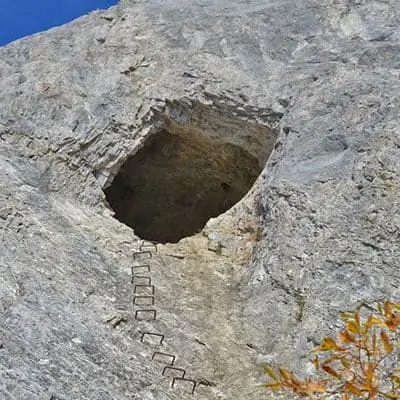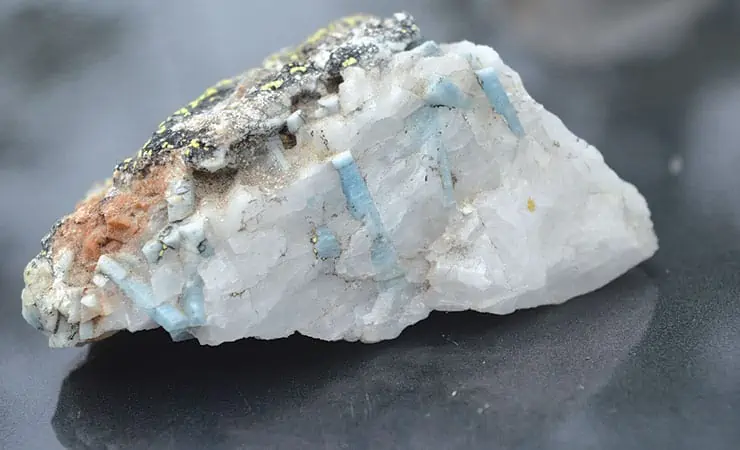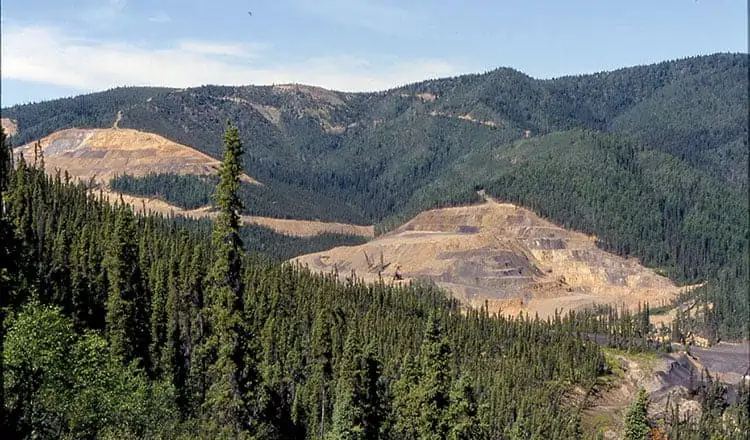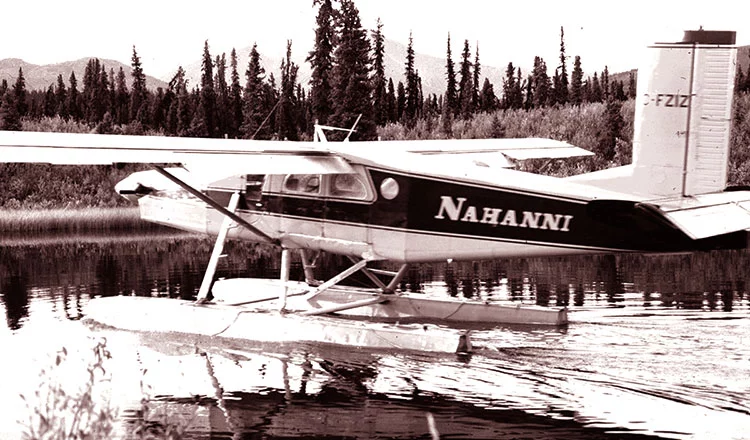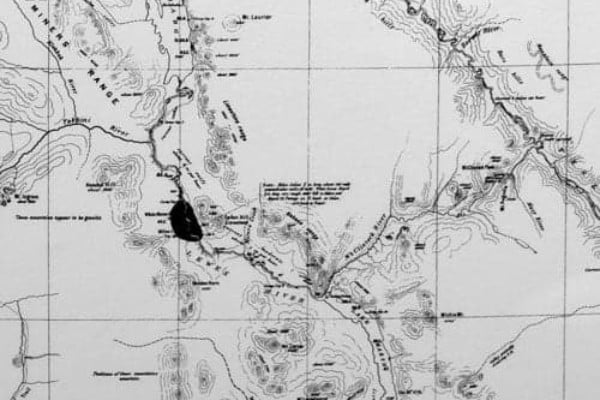Just about every country in the world has caves. Every province and territory in Canada, including the Yukon, has some. Caves have provided shelter to humans and animals. Culturally, they can represent dark pits of mystery or storeholds of treasure. They are always associated with an adventure. Caves are defined as naturally made cavities that can be entered by a human. Some can be single chambers as large in area as six soccer fields, or gaps just big enough to enter. Experienced cavers commonly squeeze through passages as narrow as 25 centimetres wide.
Most of the world’s caves are formed in limestone, but there are other forms of caves. Lava tubes can form extensive systems within basalt flows. The erosion of rocks from wave action on shorelines forms sea caves. We all heard about the recently collapsed ice cave near Kluane, which formed in old glacial ice.
The most complex and interesting cave systems are the solution caves that form in rocks that can be dissolved by running water. Rain, when it falls through the atmosphere, absorbs carbon dioxide, which forms carbonic acid. When this rain hits the ground and percolates through decaying vegetation, it can pick up 10 to 100 times more carbon dioxide, making it even more acidic. If this water flows through rocks like limestone or gypsum, it dissolves them and leaves cavities.
Usually the process starts along zones of weakness in the rock such as fractures, joints or bedding planes. The shape of the passages developed depends on whether the process is occurring in the unsaturated or “vadose” zone above the water table, or in the “phreatic” saturated zone below the water table. Those developed in the phreatic zone are the most extensive, with passageways that are symmetrical, usually round, or elliptical cross-sections.
Vadose zone cross-sections are irregular and V-shaped. Quite often cave systems are a combination of early phreatic and later vadose development. Only in vadose caves do you find fantastic formations such as stalactites and stalagmites formed by calcium enriched water dripping into the cave. These are known as speleothems. Other formations go by the names: flowstone, soda straws, cave pearls and bacon rind.
Karst topography is the name given to landscapes affected by dissolution of rock. Not only are there caves, but sinkholes, towers, disappearing rivers, fissures, clints, grykes, dolines and poljes. The southwest corner of the Northwest Territories has extensive areas of karst topography occurring in both limestone and gypsum. Wood Buffalo National Park has over 20 known karst areas containing over 2,000 sinkholes. The South Nahanni area is the best example of arctic/subarctic karst in the world.
Climate is a key factor in karst development. About 70 per cent of the world’s caves are found in the tropics, 20 per cent in temperate areas and 6 per cent in the arctic or alpine areas. It is all about lots of rain and the movement of water underground. Our dry climate in the Yukon has not resulted in large cave system development. However, if you look at any limestone mountain, you can usually spot a cave. You can see them on White Mountain near Jakes Corner, Grey Ridge on the South Klondike Highway, and the informally named FourTwenty Cave on Grey Mountain in Whitehorse.
What the territory lacks in quantity is made up by quality. The Bluefish Caves are located southwest of Old Crow. Within the caves, evidence of use by humans was found dating to 24,800 years ago. A Quebec archaeologist, Jacques Cinq-Mars, “discovered” the caves in 1975. For many thousands of years, wind-blown silt, known as loess, regularly blew into the small caves and accumulated on the floor. The combination of the silt and the dry, frigid conditions in the cave preserved a record of bones, bugs, pollen and tools. Cinq-Mars carefully excavated in and around the caves. There are three caves, the largest less than the size of the inside of a typical garage. The silt has accumulated to depths of 30 to 200 centimetres. Bones of fish, birds, wolves, sheep, caribou, muskoxen moose, and other animals were found. A number of microflake tools dated to 10,000 to 12,000 years ago. The oldest evidence of human use are tools made from larger bones, such as a caribou tibia fashioned into a hide-flesher. Human-made cut marks and scrapes were found on other large bones, dating from 10,000 to 25,000 years ago.
That makes the site the oldest archaeological site in North America. At the time the research was published, there was much controversy over the findings. Some remains today. The date made Bluefish 11,000 years older than what had previously been the accepted time of arrival of people in North America.
The early theory was that people did not arrive here until the glaciers had started to recede 10,000 to 12,000 years ago. The oldest-known use of Bluefish puts it around the time that the last ice age was at its maximum. Humans had arrived, but needed to wait for the ice blocking them to recede before they could move further inland. Since the findings at Bluefish, other sites have been found in both North and South America that confirm the earlier arrival of people to this continent.
The longest cave system in the world is Mammoth Caves in Kentucky. Ideal conditions have led to over 640 kilometres of passageways. There is a large water catchment area known as the land of 10,000 sinks. The cave area itself is protected from erosion and collapse by a hard sandstone cap. Calcium nitrate was mined from the bat guano in the caves and used to make gunpowder for the War of 1812.
Carlsbad Caverns is a famous cave in New Mexico near the Texas border. It is estimated the system has developed over the last four to six million years. It became a national park in 1930 and quickly became commercialized. The first elevator down to the main passages was constructed in 1931 and the underground cafeteria followed in the 50’s. The 1957 movie of Jules Verne’s “Journey to the Centre of the Earth” was filmed at Carlsbad.
Caves can be very dangerous, especially those with water involved. Last year’s entrapment of a Thailand youth soccer team by rising waters lasted almost three weeks and cost the life of one rescuer. The worst cave disaster was at the Mossdale Caverns in Yorkshire, England. In 1967, six cavers drowned when a sudden rainfall filled the passages they were in.
If you go caving in the Yukon, you probably do not need to worry about flooding, but if it looks like it could flood, do not go in. Other caving safety musts: never go alone, take three sources of light, and beware of slippery and loose rocks. Go with an experienced caver if you can.
In 1925 in Crystal Cave, Kentucky, Floyd Collins became trapped on his way out of a narrow passage by a rock that had fallen and pinned his left leg. Rescuers had no way around him to get at the rock. They were able to feed him for four days before a major rock fall blocked the cave entrance. It took 14 days to get through that, but Floyd had already died of hypothermia and starvation. So be careful, no matter what cave you are in.
Play it safe and visit The Beringia Interpretive Centre. The centre has excellent mock-ups and interpretive displays of the Bluefish Caves. Actual artifacts from excavations are also on display. Winter hours are Sundays and Mondays from 12 p.m. to 5 p.m.

